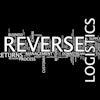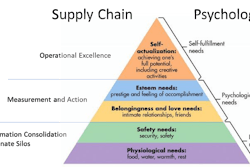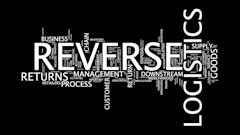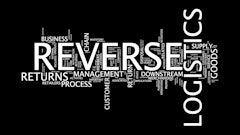
Welcome to retail returns season: the first few months of the year when ugly sweaters, problematic consumer electronics, noisy toys and ill-fitting shoes make their way back to retailers or manufacturers with few or no questions asked. This season in particular brought higher return rates due to record-breaking online spending (e-commerce return rates are double that of brick-and-mortar stores) and heightened consumer expectations of relaxed cross-channel return policies.
Though much of the returned merchandise will be in functionally and cosmetically perfect condition, putting it back on store shelves is logistically and financially inefficient. In most cases—especially in the case of open-box, used, defective, damaged or seasonal items—it’s better to liquidate this inventory and recover as much as you can. Here is when having a proper liquidation solution in place can make a major difference to your bottom line.
1. Throw out What You Know about Liquidation
If you historically sold returned, excess or distressed inventory to one or two liquidators, your recovery for this merchandise is likely low. Liquidators are professional negotiators; they increase their profit by buying at lower prices, not selling at higher prices. What’s more, the time spent negotiating one-off deals for every merchandise lot is inefficient and takes you away from core, strategic business activities.
Rather than treating liquidation as a reactive event, think about approaching it as a long-term strategic asset, in the form of a solution that is automated, sustainable and scalable depending on your liquidation needs. For example, the solution should be able to handle an uptick in returned inventory (like the months following the holidays) without sacrificing the recovery or velocity with which it is sold.
2. Ditch the Middleman
The most effective solution comes in the form of a web-based platform. This type of solution allows thousands of buyers to compete for your inventory, pushing prices up (versus a liquidator negotiating them down). Most likely, there is already a robust secondary market and buyer base for your product(s); in every major city around the globe, there are businesses that purchase excess and returned inventory for resale. The secret to success is the ability to gain access to this buyer base. A web-based solution is one way to make this happen. This could entail launching an online auction liquidation marketplace that can be customized, integrated and marketed based on your unique inventory needs. By automating the process, ensuring a faster sales cycle and proprietary market intelligence in the form of real data on market prices, you can recover substantially more with less work, which positively impacts your bottom line.
Many of the world’s top retailers, including the world’s largest retailer and e-retailer, are using a web-based, automated auction approach, and increasing recovery for their returned and excess merchandise by 30 to 80 percent and sometimes much more.
3. Look for an Online Marketplace with these Capabilities
When selecting an auction platform or online marketplace provider, be sure to do your homework. There are a lot of choices out there and not all are created equal. The best ones:
- Provide immediate access to a large group of interested, vetted buyers authorized by you.
- Create customized demand generation campaigns for your marketplace and auction lots.
- Encourage competition and keep buyers engaged.
- Allow you to sell from multiple locations, reducing the need to consolidate inventory and eliminating extra transportation costs.
- Collect data on each transaction with analysis on how to improve recovery.
Many Happy Returns
In today’s retail landscape, returns are inevitable: Consumers are fickle and expect retailers to happily accept the 10 percent of purchases they bring/send back. Facing these returns head on with a technology-based program that automates liquidation and recovers more money for the merchandise is imperative.


![Pros To Know 2026 [color]](https://img.sdcexec.com/mindful/acbm/workspaces/default/uploads/2025/08/prostoknow-2026-color.mduFvhpgMk.png?auto=format%2Ccompress&bg=fff&fill-color=fff&fit=fill&h=100&q=70&w=100)







![Pros To Know 2026 [color]](https://img.sdcexec.com/mindful/acbm/workspaces/default/uploads/2025/08/prostoknow-2026-color.mduFvhpgMk.png?ar=16%3A9&auto=format%2Ccompress&bg=fff&fill-color=fff&fit=fill&h=135&q=70&w=240)









